
Analyses of Modified Glass Surfaces Webinar
In the full webinar we will focus on analyses of modified glass surfaces and thin coatings using Secondary Ion Mass Spectrometry (SIMS).
Home » Ceramics

In the full webinar we will focus on analyses of modified glass surfaces and thin coatings using Secondary Ion Mass Spectrometry (SIMS).

XRD and EDS analysis of refractory materials that are typically used in glass tank furnaces are zirconia, alumina and silica-based bricks.

One way to combat rising fuel costs in the aerospace industry and improve efficiency is to use new advanced materials such as Ceramic Matrix Composites (CMCs).

In this webinar we introduce Characterization of Bioceramics for Surgical Implants using analytical tools for full qualification

This paper will demonstrate how analytical tools can be used for the quality control of hydroxyapatite and β-tricalcium phosphate powders
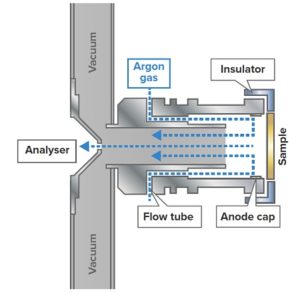
Ceramic matrix composites for aerospace materials must be of the highest purity. EAG presents FF-GDMS technique for robust chemical analysis.
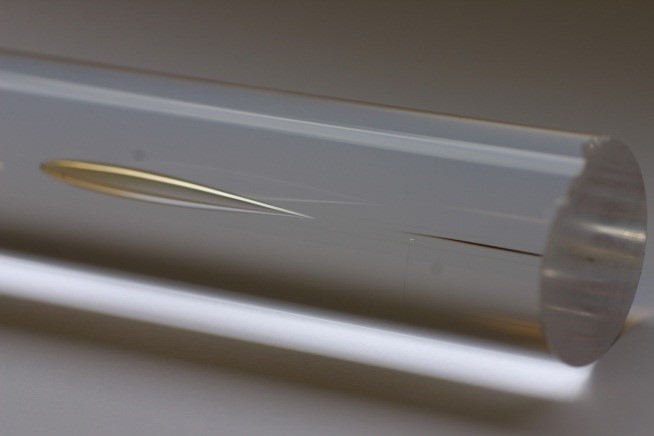
The chemical composition of all kinds of glass defects can be determined by SEM combined with EDS, XRF, Auger, and RGA.
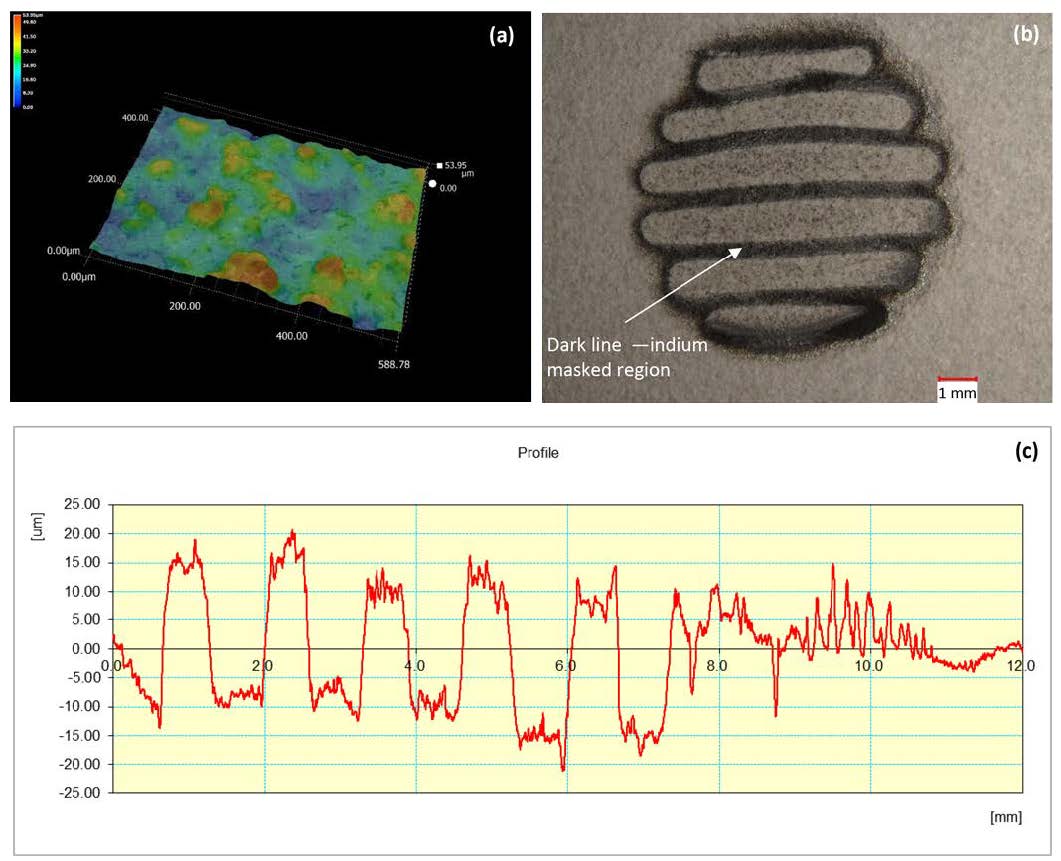
High resolution GDMS is recognized as one of the most versatile direct sampling techniques for survey chemical analysis of solids.

In the full webinar we will focus Full Survey Chemical Analysis of
Plasma Resistant Ceramic Coatings using GDMS

Investigation of the layer structure, identity and composition of an unknown coating system can be done in several ways.
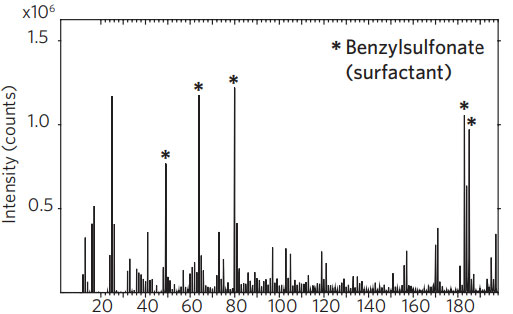
Glass development and glass product verification requires the measurement of composition with high accuracy.

The XPS surface analysis tool ensures evaluation of cleaning efficacy to monitor contamination efficiency.

EAG has unmatched expertise in glass analysis, research and investigation

In the full webinar we will focus on Glass Analysis looking at Chemical and Physical Measurements to address manufacturing issues

Glass faults or defects are inherent to the glass production process. In order to identify a defect, a range of techniques can be used
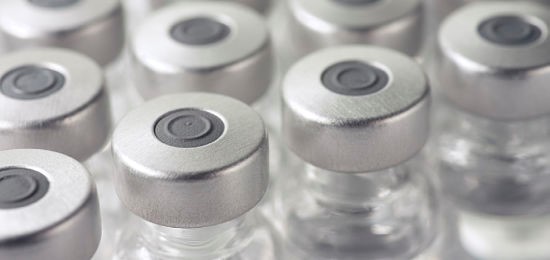
Application of SIMS, XPS/ESCA, SEM and ICP-MS to test for appearance of glass lamellae in parenteral pharmaceutical solutions, by EAG

SIMS analysis is used to measure trace impurities in various materials such as semiconductors, metal, and insulating materials

Ion-exchanged glass is used in a variety of applications where strength, durability, and resistance to damage are important. Applications like smartphone screens.

Complex oxides in energy storage, catalysis, sensor/actuation, optics, epitaxy substrates, electronics, bioceramics, structural ceramics

Viscosity is an important parameter for optimized glass processing, such as the viscosity temperature relationship of a glass.
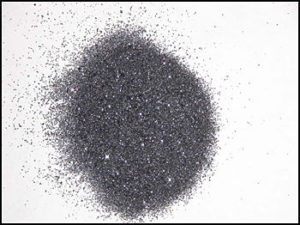
EAG’s SIMS Analysis Individual SiC Particles using a special sample preparation technique eliminates contributions from surface contamination
Raster change technique is used for SIMS measurement of very low levels of nitrogen in Silicon carbide by EAG Laboratories.
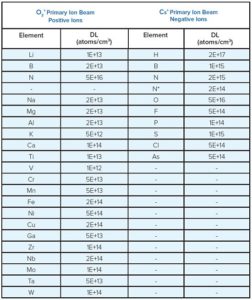
SIMS detection of all elements from H to U with excellent sensitivity. The table provides detection limits for impurities in a SiC matrix.
Silicon Carbide SIMS Measurements provide valuable data for process control and problem solving in wafer growth and device manufacturing.

Electrothermal vaporization (ETV) coupled with ICP-OES is an exceptionally sensitive solid sampling technique for purity verifications.
To enable certain features and improve your experience with us, this site stores cookies on your computer. Please click Continue to provide your authorization and permanently remove this message.
To find out more, please see our privacy policy.